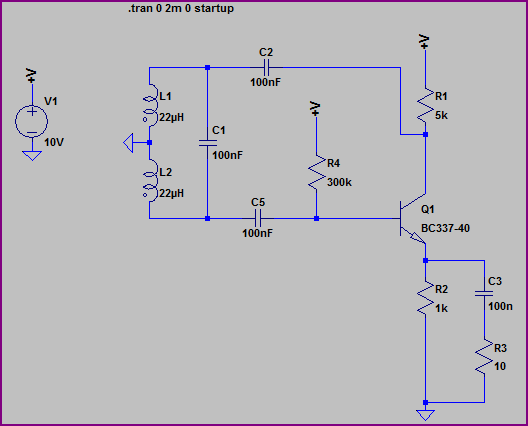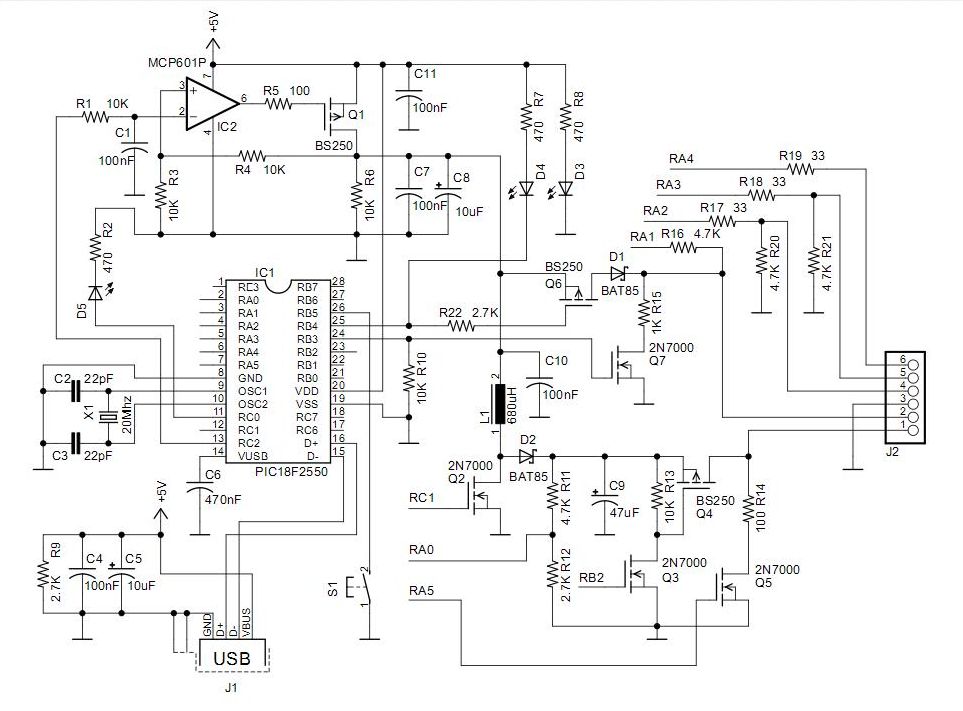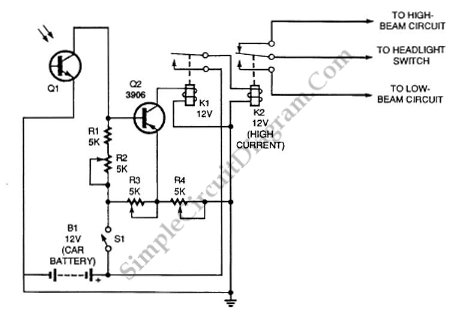
keep your property where you can see it
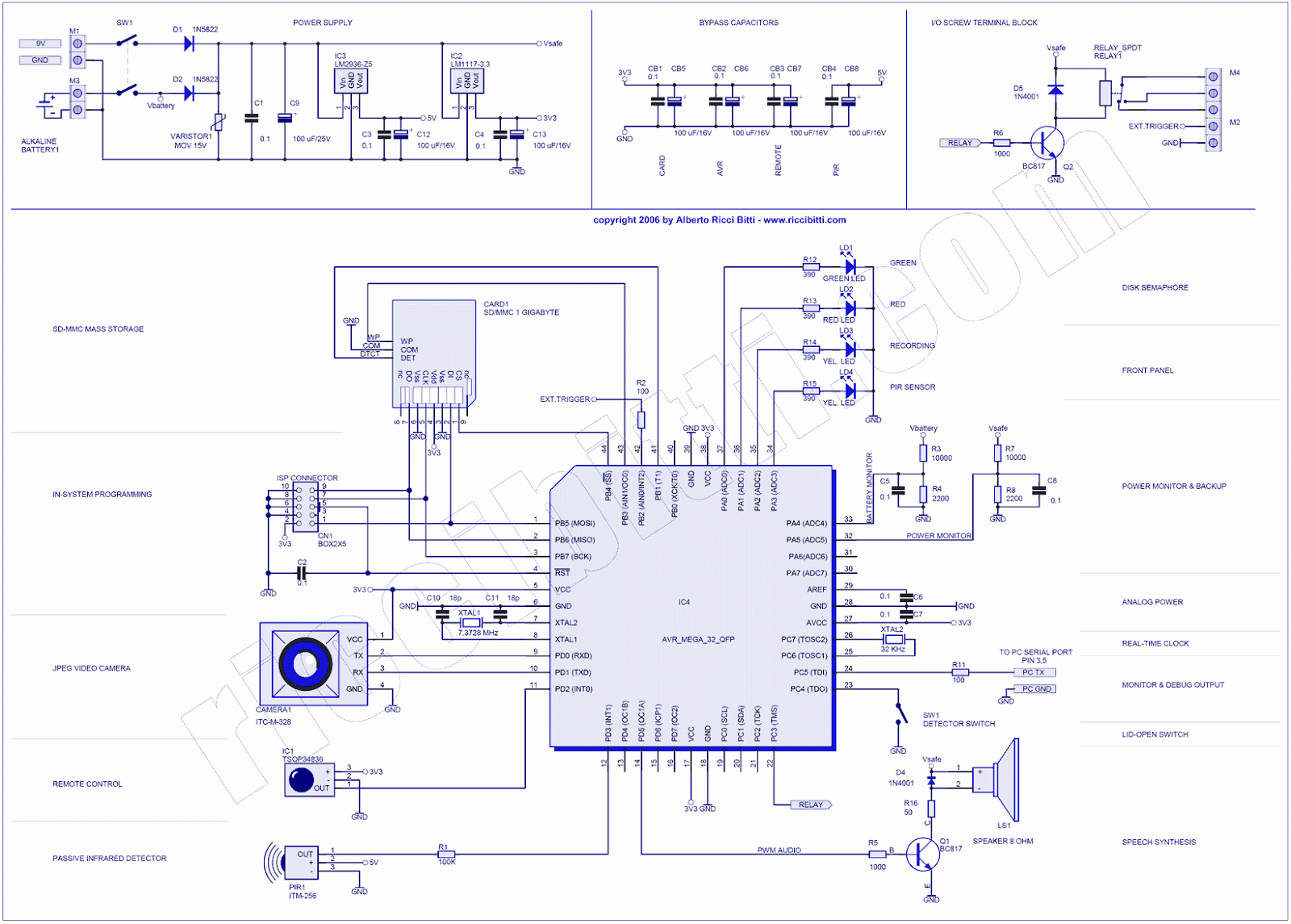
A safe home is a happy one, but many off-the-shelf surveillance cameras are too expensive or impractical for home use. Designer Alberto Ricci Bitti created an automated and inexpensive surveillance camera that uses a flash card as recording media. All the required functionalities fit inside a small 8-bit microcontroller, leveraging the capabilities of the ATmega32, which results in a leaner, more cost-effective parts list. The camera only needs to be set up once, and an IR remote along with an easy-to-use voice-prompt menu enhances user experience. Video surveillance systems have evolved from specialized equipment for high-risk areas, such as banks and airports, to standard installations in public spaces. Nowadays, shopping centers, offices, and industries cannot afford to be without them. In conjunction with a time-lapse video recorder, these compact cameras discourage theft and collect evidence about offenders. Despite their commercial success, video surveillance recorders have had limited impact on residential markets. They would be beneficial in homes as well, as most home thieves remain unpunished. However, commercially available systems are not tailored for home use and often do not adapt well. Issues arise with time-lapse recorders, which are capable of recording several days of slow-frame-rate video on ordinary VHS tapes or large hard disks. While these units are robust and worth the investment, the concept of reliability for home use is "install and forget," which does not align with the constant operation of hard disks or tape heads. Additionally, placement is a challenge, as a discreet location must be found for the recorder and video display, since images can only be reviewed using the original recorder. Another distinction between commercial and residential systems is the method of running wires from the camera to the recorder. In shops and offices, cables can be easily routed under floors or over ceilings, but in older brick houses, this is often impractical without cutting into the walls. RF-linked cameras are an option, but they can disrupt WiFi networks and pose privacy concerns. Alternatively, WiFi cameras preserve network integrity but may consume significant bandwidth. The Witness Camera combines a VGA CMOS camera, a passive infrared movement sensor, a 1 GB SD card (or larger), and an AVR Mega32 microcontroller that functions as a solid-state time-lapse recorder. It is a compact, complete, self-contained surveillance system designed for home users. It can be installed quickly wherever there is a mains plug, and it is affordable due to its use of inexpensive components. For typical domestic settings, it can store over a month’s worth of images at a maximum rate of a color picture every 2 seconds (320x200 pixels, comparable to VHS-CCTV recorders) or every 3 seconds (VGA, 640x480 pixels). Recording begins automatically upon detecting movement, but users can also set a timer, provide an external trigger, or opt for continuous recording. Setup is a one-time process, and operation is simplified through an infrared remote control and voice-prompt menus, allowing for easy use even when the camera is concealed or installed in challenging locations such as ceiling corners. When the storage card reaches capacity, new images automatically overwrite the oldest ones, ensuring that the most recent footage is always available.
The Witness Camera's design incorporates several key components that enhance its functionality and usability. The VGA CMOS camera provides sufficient resolution for basic surveillance needs, while the passive infrared movement sensor ensures that recording is initiated only when motion is detected, conserving storage space and power. The use of an SD card for storage allows for easy data retrieval and replacement, making it a practical solution for home users who may not have extensive technical knowledge.
The AVR Mega32 microcontroller serves as the core of the system, managing all operations, including image capture, data storage, and user interactions. Its ability to efficiently handle the camera's functions while consuming minimal power makes it an ideal choice for this application. The inclusion of a voice-prompt menu system further simplifies the user experience, allowing individuals to navigate settings and options without needing to reference complex manuals.
Moreover, the system's compact design enables installation in various locations, making it adaptable to different home environments. The reliance on a mains plug for power supply eliminates the need for complex wiring, which can be a significant barrier in older homes. This feature, combined with its cost-effectiveness, positions the Witness Camera as a viable alternative to traditional surveillance systems, especially for homeowners seeking an unobtrusive and reliable security solution.
In summary, the Witness Camera represents a thoughtful integration of technology tailored for residential security needs, addressing common challenges associated with traditional surveillance systems and providing a user-friendly, efficient solution for homeowners.A safe home is a happy one, but many off-the-shelf surveillance cameras are too expensive or simply impractical for home use. That`s why designer Alberto Ricci Bitti created an automated and inexpensive surveillance camera that uses a flash card as recording media.
All the required functionalities fit inside a small 8-bit microcontroller and the d esign harnesses the potential of the ATmega32: almost every hardware component of the AVR is put to good use, resulting in a leaner, more cost-effective parts list. The camera only needs to be set up once and an IR remote and easy-to-use voice-prompt menu means this award-winning design will be the star of the show.
Video surveillance systems have rapidly grown from being a specialized equipment for high-risk areas (like banks and airports), to the point of being standard facilities of most places open to the public. Nowadays, no shopping centre, office, industry can afford lacking one. In conjunction with a time-lapse video recorder, these little cameras play an active role discouraging theft and collecting evidences and precious information about the offenders.
Despite their huge commercial success, video surveillance recorders have had little impact on residential markets. No doubt they would be useful at home as well as they are at work: according to the Police, most home thieves go unpunished, so in a sense homeowners must help for themselves.
Commercially available systems are not designed for home use, and unfortunately don`t adapt well to the new role. Problems start with the time-lapse recorder, which is a special recorder capable of recording several days of slow-frame-rate video on an ordinary VHS tape or a big hard disk.
Most units are solidly built and usually they worth their money, nonetheless my concept of reliability for home use is "install and forget", which doesn`t match hard disks or tape heads spinning forever. If the price tag and periodic functionality inspections are OK for you, there is always the problem of placement.
You need a out-of-sight place, spacious enough to accommodate the recorder and the video display, because images can only be inspected using the original recorder. Another issue differentiating between commercial and residential systems is the way you run the wires from the camera to the recorder.
For shops and offices you can easily pass the cable under the floor or over the ceiling, but if you live in a old brick house like me, you simply can`t do it without cutting the walls. You can try RF-linked cameras, if you don`t care wiping out all WiFi networks in your neighbourhood (and you are not concerned about exposing your privacy).
Alternatively, you can use good WiFi cameras that by definition preserve the network, with only drawback of consuming most of the bandwidth for themselves. The Witness Camera is a combination of a VGA CMOS camera, a passive-infrared movement sensor, a 1 GB SD-card (or bigger), and an AVR Mega32 microcontroller implementing a solid-state time-lapse recorder.
It is a compact, complete, self-contained surveillance system designed with home users in mind. It can be installed in minutes wherever there is a mains plug, and it is affordable because of it is built using an handful of inexpensive parts. For most typical domestic environments, it can store more than one month of images at a maximum rate of a colour picture every 2 seconds (320x200 pixels, comparable to VHS-CCTV recorders), or 3 seconds (VGA, 640x480 pixels).
Recording starts automatically upon detecting a movement. Alternatively you can set a timer, or supply an external trigger, and even do continuous recording. You only need to setup the camera once. An infrared remote control and voice-prompt menus allow easy operation, even when the camera is concealed or installed in places like ceiling corners. When the card is full, new images replace automatically older ones, so you get always the most re 🔗 External reference
The Witness Camera's design incorporates several key components that enhance its functionality and usability. The VGA CMOS camera provides sufficient resolution for basic surveillance needs, while the passive infrared movement sensor ensures that recording is initiated only when motion is detected, conserving storage space and power. The use of an SD card for storage allows for easy data retrieval and replacement, making it a practical solution for home users who may not have extensive technical knowledge.
The AVR Mega32 microcontroller serves as the core of the system, managing all operations, including image capture, data storage, and user interactions. Its ability to efficiently handle the camera's functions while consuming minimal power makes it an ideal choice for this application. The inclusion of a voice-prompt menu system further simplifies the user experience, allowing individuals to navigate settings and options without needing to reference complex manuals.
Moreover, the system's compact design enables installation in various locations, making it adaptable to different home environments. The reliance on a mains plug for power supply eliminates the need for complex wiring, which can be a significant barrier in older homes. This feature, combined with its cost-effectiveness, positions the Witness Camera as a viable alternative to traditional surveillance systems, especially for homeowners seeking an unobtrusive and reliable security solution.
In summary, the Witness Camera represents a thoughtful integration of technology tailored for residential security needs, addressing common challenges associated with traditional surveillance systems and providing a user-friendly, efficient solution for homeowners.A safe home is a happy one, but many off-the-shelf surveillance cameras are too expensive or simply impractical for home use. That`s why designer Alberto Ricci Bitti created an automated and inexpensive surveillance camera that uses a flash card as recording media.
All the required functionalities fit inside a small 8-bit microcontroller and the d esign harnesses the potential of the ATmega32: almost every hardware component of the AVR is put to good use, resulting in a leaner, more cost-effective parts list. The camera only needs to be set up once and an IR remote and easy-to-use voice-prompt menu means this award-winning design will be the star of the show.
Video surveillance systems have rapidly grown from being a specialized equipment for high-risk areas (like banks and airports), to the point of being standard facilities of most places open to the public. Nowadays, no shopping centre, office, industry can afford lacking one. In conjunction with a time-lapse video recorder, these little cameras play an active role discouraging theft and collecting evidences and precious information about the offenders.
Despite their huge commercial success, video surveillance recorders have had little impact on residential markets. No doubt they would be useful at home as well as they are at work: according to the Police, most home thieves go unpunished, so in a sense homeowners must help for themselves.
Commercially available systems are not designed for home use, and unfortunately don`t adapt well to the new role. Problems start with the time-lapse recorder, which is a special recorder capable of recording several days of slow-frame-rate video on an ordinary VHS tape or a big hard disk.
Most units are solidly built and usually they worth their money, nonetheless my concept of reliability for home use is "install and forget", which doesn`t match hard disks or tape heads spinning forever. If the price tag and periodic functionality inspections are OK for you, there is always the problem of placement.
You need a out-of-sight place, spacious enough to accommodate the recorder and the video display, because images can only be inspected using the original recorder. Another issue differentiating between commercial and residential systems is the way you run the wires from the camera to the recorder.
For shops and offices you can easily pass the cable under the floor or over the ceiling, but if you live in a old brick house like me, you simply can`t do it without cutting the walls. You can try RF-linked cameras, if you don`t care wiping out all WiFi networks in your neighbourhood (and you are not concerned about exposing your privacy).
Alternatively, you can use good WiFi cameras that by definition preserve the network, with only drawback of consuming most of the bandwidth for themselves. The Witness Camera is a combination of a VGA CMOS camera, a passive-infrared movement sensor, a 1 GB SD-card (or bigger), and an AVR Mega32 microcontroller implementing a solid-state time-lapse recorder.
It is a compact, complete, self-contained surveillance system designed with home users in mind. It can be installed in minutes wherever there is a mains plug, and it is affordable because of it is built using an handful of inexpensive parts. For most typical domestic environments, it can store more than one month of images at a maximum rate of a colour picture every 2 seconds (320x200 pixels, comparable to VHS-CCTV recorders), or 3 seconds (VGA, 640x480 pixels).
Recording starts automatically upon detecting a movement. Alternatively you can set a timer, or supply an external trigger, and even do continuous recording. You only need to setup the camera once. An infrared remote control and voice-prompt menus allow easy operation, even when the camera is concealed or installed in places like ceiling corners. When the card is full, new images replace automatically older ones, so you get always the most re 🔗 External reference

